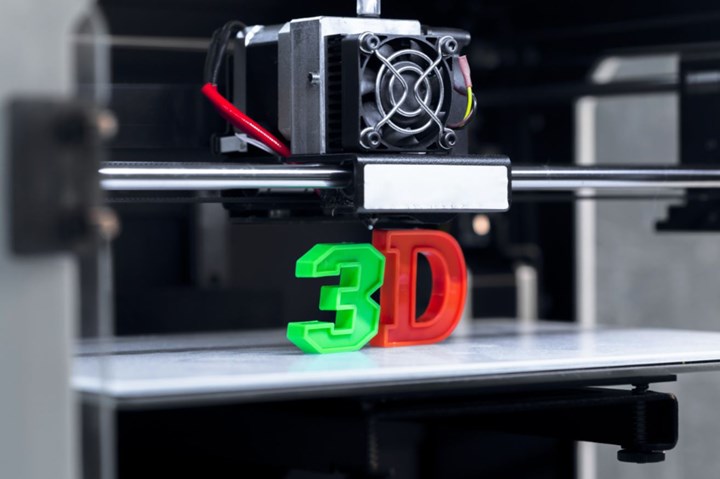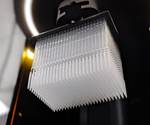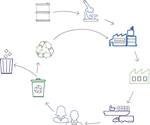Ineos R&D Project Develops Styrenic Polymer for 3D Printing that Boasts 67% Energy Savings
The purpose of the PolySLS project was to develop and test a new styrene based polymer compound for Selective Laser Sintering (SLS).

A direct energy saving of 25% was achieved from the 3D printing equipment when using the new styrenics polymer.
Ineos Styrolution’s PolySLS project is focused on developing a new energy saving styrenics based material for additive manufacturing. The company reports that the project has been able to show that energy savings of up to 67% have been achieved when taking the entire life cycle of a new styrenics polymer compound into account compared to using traditional Polyamide 12 (PA12).
A direct energy saving of 25% was achieved from the 3D printing equipment when using the new styrenics polymer, resulting from lower process temperatures and shorter heating and cooling phases. This also improved the time needed to complete printing jobs, with processing times reportedly 7.5% shorter than with PA12.
“With the additive manufacturing industry growing at very high rates, we are excited we have developed a material that not only contributes to energy saving and sustainable production but also is an easy material to handle in the printing process,” said Yvonne van Veen, market innovation strategy director at Ineos Styrolution.
The PolySLS project was funded by the German Ministry for Economic Affairs and Energy (BMWi). The purpose of the PolySLS project was to develop and test a new styrene based polymer compound for Selective Laser Sintering (SLS). A particular focus of the project was on researching energy and material requirements.
The project was started in August 2017 and carried out in collaboration with the Su虉ddeutsche Kunststoffzentrum (SKZ-KFE gGmbH) and the Friedrich-Alexander-University Erlangen- Nuremberg. The project ended in November 2020. Ineos says that the new polymer compound has been developed for the described R&D purpose only. Potential future commercial availability will depend on various factors including results of further tests, demand and production capacity.
Related Content
-
Additive Fusion Technology Optimizes Composite Structures for Demanding Applications
9T Labs continues to enhance the efficiency of its technology, which produces composite parts with intentionally oriented fibers.
-
3D Printed Spine Implants Made From PEEK Now in Production
Medical device manufacturer Curiteva is producing two families of spinal implants using a proprietary process for 3D printing porous polyether ether ketone (PEEK).
-
Daimler, OMIC Evaluate Wire-Fed DED for Moldmaking
3D printing a core and cavity on machine from Gefertec, followed by machining, allowed for a complete mold tool to be produced in three days.







